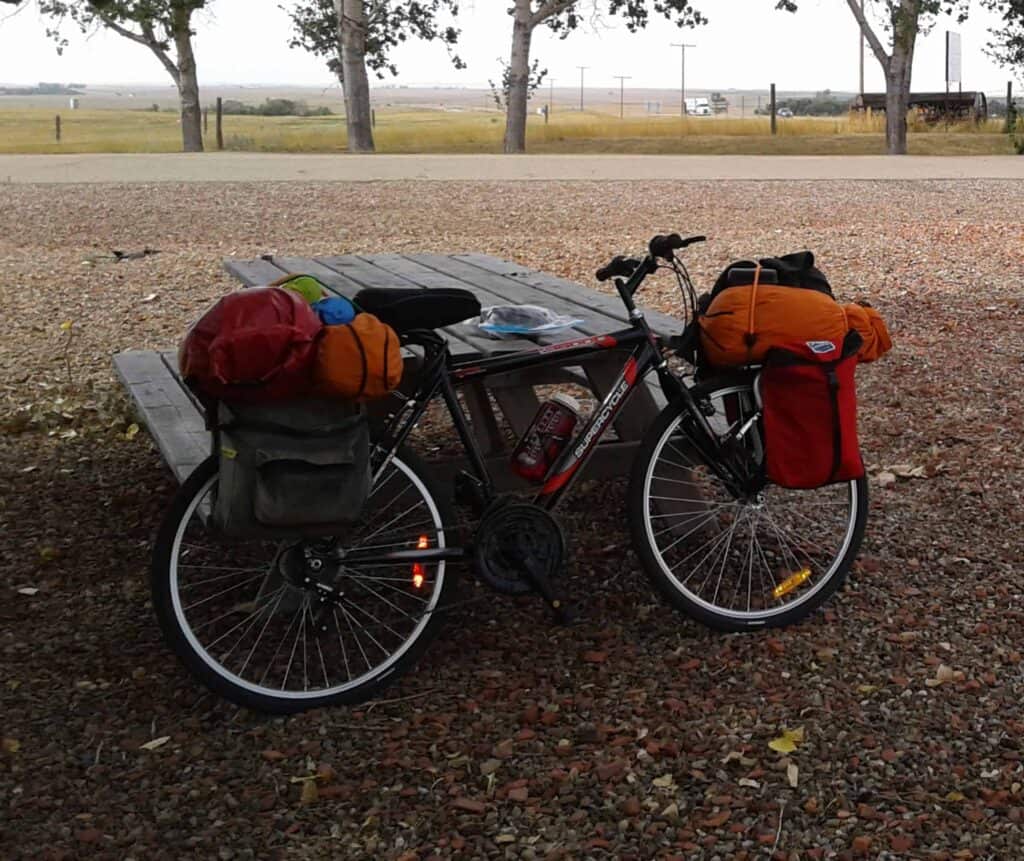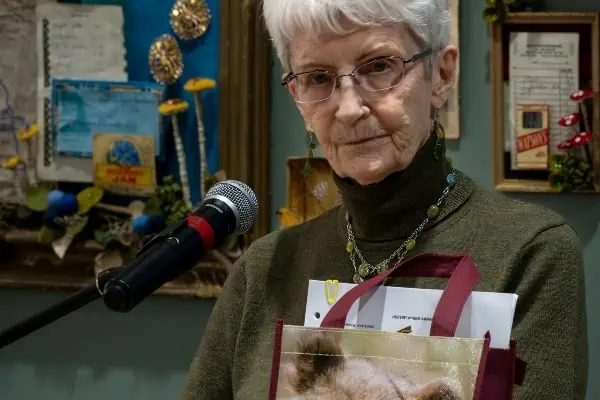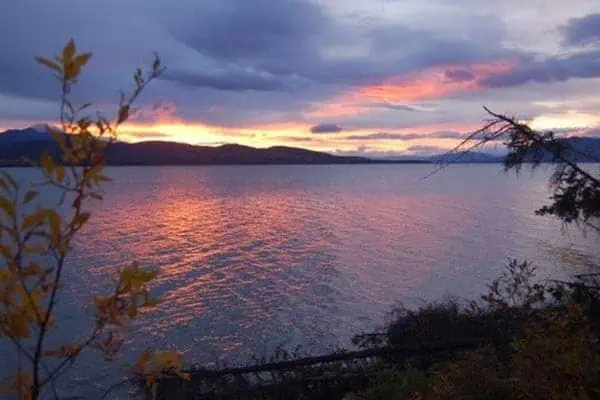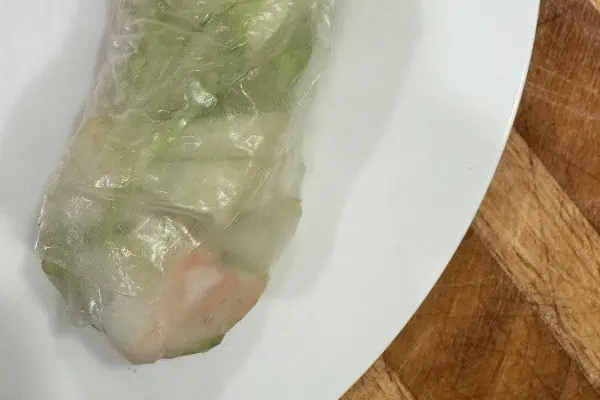
People have been travelling long distances on bicycles since the invention of the two-wheeled vehicle.
A British man named John Foster Fraser and two of his friends left their English homes in 1896 to cycle around the world. After two years and two months of travelling, they had covered 19,237 miles.
This was one of the first-recorded accounts of long-distance bike touring. Here in the Yukon summer, we have the chance to witness bike tourers from all over the world biking down or up the Alaska Highway. Loaded to their ears, sunburnt faces, their oversized calves pedalling to new destinations. Bike tourers are like floating logs on a river; they get somewhere, often faster than you would think.
In the dark days of a Yukon winter, it is easy to daydream about warmer months ahead. Thinking about what the next summer adventure would look like. If bike touring is on your radar, here is a thing or two you should know before embarking on your two-wheeled odyssey.
Don’t lose sleep about your fitness level, or lack of. Everyone can ride a bike and it goes the same for bike touring. You are the master behind the wheels, meaning you decide to bike one hour a day or 10 if you wish. There are no rules, as long as you plan your itinerary accordingly. Same goes for choosing a bike to tour with. The perfect bike for you is comfortable and safe to ride. There is strong social pressure to get top-notch gear in whatever sporting pursuits one does. Don’t fall into this. The key is to get familiar with the quirks and squeaks of your “companion,” regardless of its price tag. People bike tour the infamous Silk Road (5,000 kilometres from China to Turkey) on very ordinary bikes, all the time.
Having said that, you should learn the basics of fixing your bike: changing a tire, fixing a flat, greasing your chain, fixing a broken spoke. Look at your local library for books on how to maintain and repair bicycles.
Now, the saddle. Heated debates have taken place over the best one to choose. Then again, pick one that is comfortable for you. We all have different butt shapes and preferences. Note of caution: saddle soreness or skin chafing can develop on longer trips. Bring shorts or pants made of different fabrics. Test for which one might alleviate this problem. Creams and ointments are available to soothe irritated skin. Take frequent breaks and don’t hesitate to walk your bike for a short while, instead of riding it. Your butt will appreciate it!
Bike tourers use racks, both front and rear, along with panniers to carry all of their gear and food. Rear racks are standard and hard to pick incorrectly. Front racks, in opposition, can be a bit tricky to find, depending on the bike frame. Research all of the possible options on the market that will fit your bike and your trip. The same can be said for panniers. Rear panniers are mostly a given and unless you travel extremely lightly, you will need front panniers too. They come in different fabrics and sizes. If you don’t want to spend extra money on waterproof panniers, you can just line them with heavy plastic bags.
You can also strap waterproof bags on top of your racks. Paddling dry bags can be used for bike tours this way. Weight should be evenly distributed between front and rear racks. A slightly heavier front rack will help with overall stability.
Tires are important. This is one area where you may want to spend the extra buck. Blowing and then needing a new tire in the middle of nowhere is no fun, so pick high-quality tires. Tires that suit the surface you are pedalling on. Make sure your tires are properly inflated. Hard tires mean speed. Very good tires mean fewer flats or no flats to fix.
Once you have all your setup figured out, plan a short testing trip a night or two before committing to the big adventure. It will provide invaluable information about what works and what doesn’t with your current arrangement. Maybe you need to re-balance the weight from your panniers. Maybe your seat is too low or you don’t like your riding pants. Make adjustments and only then are you ready to hit the road.
Bike touring makes you see landscapes and communities through different lenses than a car road trip would do. You meet people on the road. People meet you. Plus, when you come back home, all of your friends are jealous of your new toned, firm legs that are ready for the next ski season.




